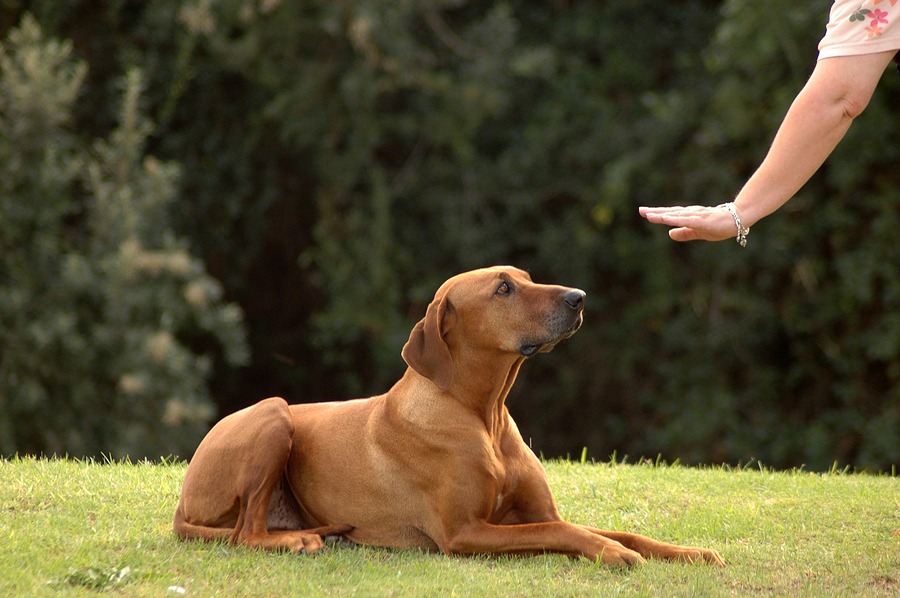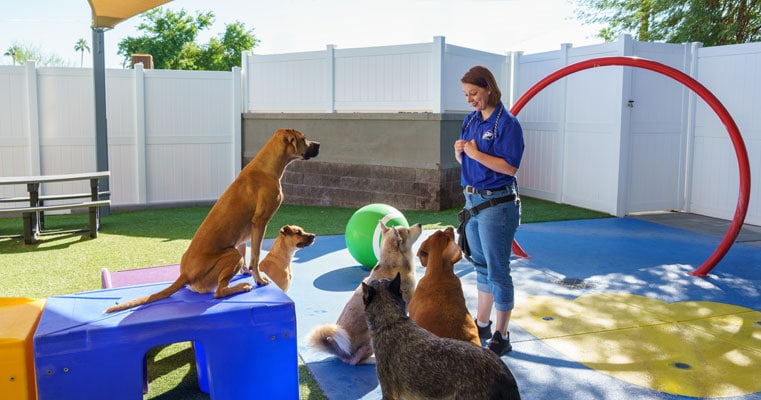Novice's Guide to Effective Dog Training in your home
Effectively training a canine at home requires a nuanced understanding of canine habits and reliable interaction methods. Developing clear training objectives, using high-grade benefits, and preserving consistency throughout family participants are vital components. Integrating training right into daily regimens can enhance both engagement and retention.
Understanding Dog Actions
Understanding canine behavior is important for efficient training and promoting a harmonious connection between humans and their canine companions. Pet dogs communicate largely through body language, vocalizations, and faces, making it critical for proprietors to translate these signals accurately. Acknowledging habits such as tail wagging, growling, or trembling can provide insights into a pet dog's mood and purposes.

Usual behavioral concerns, such as aggressiveness, anxiety, or extreme barking, frequently originate from misunderstandings or unmet requirements. Observing and resolving these problems without delay can stop rise and make certain a favorable training experience. By cultivating a deep understanding of canine actions, proprietors can customize their training approaches to suit their canine companions, eventually leading to a well-behaved and satisfied pet.
Essential Educating Tools
A well-equipped training area can dramatically enhance the effectiveness of pet dog training in your home. Vital training tools ensure that both the canine and the trainer can take part in efficient sessions that cultivate learning and bonding.

Purchasing a durable chain and a comfortable, well-fitting collar or harness is crucial for safety and security and control. These devices assist establish borders and ensure the dog continues to be protected throughout training. Additionally, a designated training location, devoid of distractions, help concentration for both the fitness instructor and the dog.
Training help such as training pads, cones, or dexterity tools can likewise boost the experience by introducing variety and obstacles. Finally, having a note pad or electronic app for tracking progression can be indispensable, enabling you to keep in mind successes and areas for renovation. Utilizing these vital devices will certainly develop a positive training atmosphere and lay the structure for efficient learning.
Developing a Training Regimen
Establishing a regular training regimen is crucial for reliable dog training at home. A well-structured routine not only assists in strengthening preferred actions yet likewise supplies your dog with a complacency and predictability. To create an effective review training routine, begin by recognizing specific training goals, such as fundamental commands, chain strolling, or house-training.
Pick a marked time daily for training sessions, preferably when your pet is receptive and alert. Procedure should be brief, approximately 5 to 15 mins, to preserve focus and protect against tiredness. Consistency in timing and environment will enhance your canine's discovering experience.
Integrate training right into everyday activities to strengthen skills. Method commands throughout walks or mealtime, which incorporates finding out right into natural regimens. Furthermore, continue to be adaptable and change the routine as required, fitting your pet dog's energy degrees and mood.
Positive Reinforcement Techniques
Favorable reinforcement strategies are basic to efficient canine training, promoting wanted actions through benefits rather than punishment. This approach uses positive stimuli, such as deals with, praise, or playtime, to motivate pet dogs to duplicate particular actions. The keystone of this technique is timing; benefits should be provided promptly complying with the wanted habits to produce a clear organization.
When applying positive reinforcement, it is vital to pick rewards that are motivating for your dog. High-value treats, such as little items of poultry or cheese, can be especially effective throughout training sessions. In addition, varying the incentives can maintain your pet dog's interest and interest.
Beginning with basic commands, like "sit" or "remain," and gradually development to a lot more complex tasks. Consistency is key; ensure that all relative make use of the exact same commands and benefit systems to stay clear of confusion.
In addition, it is crucial to stay patient and prevent frustration. Pets, like people, learn at their own speed. By cultivating a supportive training atmosphere with favorable reinforcement, you can boost your canine's knowing experience while enhancing the bond in between you and your furry friend, preparing for successful training end results.
Common Training Difficulties
While training a dog in your home can be a gratifying experience, it commonly features a collection of common difficulties that can evaluate both persistence and consistency. One widespread concern is disturbance. Pet dogs might become quickly sidetracked by noises, motions, or even scents in their atmosphere, making it tough to preserve their emphasis throughout training sessions.
One more obstacle is inconsistency in commands and support. If relative use different cues or rewards, it can prevent and puzzle the pet dog progression. Establishing a unified method is vital for reliable interaction.
In addition, read more pet dogs can experience stress or tension, particularly if they do not comprehend what is expected of them. This can bring about unfavorable habits, such as barking or chewing.
Ultimately, the timing of support is important (Dog training). Postponed incentives can reduce the performance of favorable reinforcement, as pet dogs might fail to attach the behavior with the incentive
Getting rid of these difficulties requires commitment, clear interaction, and a structured training strategy. Acknowledging and addressing these usual obstacles will lead the way for a more successful and pleasurable training experience at home.
Verdict
To conclude, successful pet training in the house necessitates a detailed understanding of canine behavior and reliable interaction techniques. By developing clear training objectives and making use of premium deals with together see this here with positive support, the training procedure becomes a lot more satisfying for both the canine and the instructor. Persistence, uniformity, and adaptability are vital parts that facilitate discovering. Ultimately, incorporating training right into daily routines boosts the bond between pet and proprietor, making the experience both enjoyable and efficient.
Developing a consistent training routine is essential for effective pet training at home.Positive support methods are fundamental to effective pet training, promoting desired actions via benefits rather than penalty (Dog training). By cultivating a helpful training environment through favorable reinforcement, you can enhance your canine's learning experience while strengthening the bond in between you and your hairy buddy, laying the groundwork for effective training end results
In verdict, successful canine training at home requires a detailed understanding of canine habits and effective interaction methods. By developing clear training objectives and utilizing high-grade deals with along with positive support, the training process comes to be much more satisfying for both the fitness instructor and the dog.